Vítor da Silva
Emerging Conservation Fellow: Indigenous Voices and Cultural Conservation
Vítor da Silva is an indigenous rights researcher, ethnographer, and storyteller. After leaving the Portuguese Armed Forces, Vítor crafted a unique background in the field of forensic science and anthropology and today he uses his criminal investigation training to uncover and report on human rights abuses against Indigenous Peoples around the world. Some of the communities he as worked with include: the Maasai tribe in the savannahs of Kenya, the nomadic Changpa people from the Himalayan plateau, and the Noke Kuin people from the Brazilian Amazon. His postgraduate thesis "Ritual, Resistance, and the Right to Exist" focuses on the relationship between sacred rituals and the power of resistance among Indigenous Peoples in the Amazon Rainforest — an ethnographic research part of his Master's degree from the London School of Economics and Political Science (LSE).
Learn more about Vítor da Silva
April 2, 2022
On the road to Desolation (El Camino a la Desolación)
by Vítor da Silva
Our canoe hits the embankment of the river, and the 69-year old Maijuna elder, Agapo, pushes me up into the forest as he balances barefoot on his canoe. The forest is thick and there is no path anywhere around me. I wait for Agapo to tie his canoe, and with the energy of a 20-year old, he climbs through the slippery embankment and pierces through the dense forest at a speed that I struggled to match. Without a compass or GPS we began our way through pristine jungle. We walk under the majestic rainforest trees that stand tall covering the blue sky, while rays of sun pierced the thick canopy and the squawking of parrots perforate the hum of a forest in risk of disappearing.
“If they build the road, everything will be destroyed. There will be nothing left for the children to see. They will have nothing to eat.”
— Agapo Ríos Torres, Maijuna elder
The Maijuna people have lived in this part of the Amazon since times immemorial. Like many Indigenous communities in the Amazon, the Maijuna lived through violent persecutions by outsiders who attempted to strip them from their culture, language, and traditions. “Taming the uncivilised” to distantiate local communities from their roots was one of the first steps to enslave an otherwise self-reliant people in a colonial scheme of patrón-tenant relationship that sought to devour their natural resources to fuel the economic development of distant lands.
The Maijuna may have broken free from this scheme of subordination, but their lands continued to be encroached by poachers and illegal loggers until the early 2000’s, when the Maijuna and their neighbouring Kichwa communities initiated a process to establish a regional conservation area: the Maijuna Kichwa Regional Conservation Area (MKRCA). This joint effort resulted in the protection of 391,039.82 hectares of ecologically sensitive rainforest and enabled the local communities to put an end to the threats of illegal and unsustainable resource extraction that permeated the region.
But today, a binational megadevelopment highway project is underway, which will pierce through their titled and ancestral lands, including the MKRCA. Adding to this apocalyptic ambition, a 10-km-wide ‘development’ corridor is planned to follow the margins of the road, primarily for oil palm plantations which are known for habitat fragmentation and the irreversible desiccation of peat soils1, causing devastating consequences for Maijuna livelihoods.
It’s hot and humid under the dense canopy and I run to keep pace with Agapo, my living compass out of the jungle. Using only the landscape as reference points, he navigates the forest without hesitation or fear of getting lost. He swings his machete with effortless agility, moving through the dense forest with a grace born of a lifetime in the wilderness. Along the way, Agapo makes a few stops and tells me every single story he could remember, while I, as an ethnographer, registered them in as much detail as the circumstances allowed. But the documentation of his knowledge went beyond any thirst for anthropological enquiry. Rather, I felt that there was an understood expectation from his part that I would do so. It seemed as if he recited these stories just so he wouldn’t forget about them. At the same time, his willingness to share his teachings seemed to emerge from a conscious realisation about the importance of safeguarding his repertoire of traditional knowledge for the next generations.
We continued walking for another hour. The hum of the forest dimmed with each step, until Agapo stopped in a strange clearing that contrasted with the surrounding forest. It was an old 5-meter wide path that had been carved by rubber tappers who used the trail to transport rubber and other commodities on horses. Later, Agapo tells me, it was re-used by narco-traffickers who transported cocaine into the country from Colombia. Today, this almost overgrown path is marked as one of the trails that will be converted into the Iquitos-Colombia highway and it’s perverse 10-km-wide ‘development initiative’. After a long period of silence, Agapo, who stood still in the middle of the clearing, recounted a time when he and his father would hunt together in the area. The feeling of nostalgia in his voice was clear, as it was his pain and anxiety about the future of his people.

The International Labour Organization 169, an international treaty for which the Peruvian government is signatory of, requires indigenous peoples’ meaningful consultation and participation on activities that may impact their own societies and territories. It guarantees their right to Free, Prior and Informed consent regarding any development project affecting them, and prioritises indigenous peoples’ own development needs:
ILO Convention 169 (article 7.1)
“The peoples concerned shall have the right to decide their own priorities for the process of development as it affects their lives, beliefs, institutions and spiritual well-being and the lands they occupy or otherwise use, and to exercise control, to the extent possible, over their own economic, social and cultural development. In addition, they shall participate in the formulation, implementation of plans and programmes for national and regional development which may affect them directly.” 2
These laws continue to be disregarded by the government, which sees the largest rainforest of the world as a bundle of assorted vegetation that ought to be cut to fuel the economic development of few. For the Maijuna, on the other hand, the forest which has nurtured and sheltered their people for generations, is not a mere agglomeration of fauna and flora. It is the resting place of their ancestors and the origins of all their stories and myths. A sacred living grove that provides the community with a form of sustenance that goes beyond food for the body to encompass the nourishment of the soul.
The Maijuna people are not against development. They do make use of the technological benefits of modernity, but they do so on their own terms and as per their essential needs. But they fear that the proposed road, for which they have never been consulted, will bring the same devastating impacts that they have witnessed in other indigenous communities in Peru.3 The Maijuna people have learned that the impacts of the road will not be limited to deforestation or the damaging pollution resulting from the circulation of vehicles. They know full well that the road will also re-open doors for illegal logging, mining, aggressive hunting, and monoculture farming which could obliterate the wild-game and other forest resources that the community depends for their physical and cultural survival.
The many Amazonian communities who lost their ancestral lands to projects that promised to serve them are now found in marginalised areas of small towns, disintegrated from their roots and traditions as they try to scratch a living from a cash-based economy that keeps them firmly at the bottom. Today, the ancestral forests that ensures the physical and cultural survival of the Maijuna people are threatened, but the community is bound to protect it with everything they have, even if that means adapting to a bureaucractic game they never wanted to play.
“We don’t know if we can win the fight against the State. The government has a lot of money and they can do whatever they want, while we barely have the resources to mobilise our communities. What else can we do?”
Agapo Ríos Torres, Maijuna elder
Our way back to the camp was oddly a silent one. Agapo, who walked at a fast pace, did not look back as I got entangled in the dense vegetation and buried knee-deep in the mud. He seemed haunted by the past and worried about the future. Agapo, like the handful of Maijuna elders that champion this resistance, have witnessed the crying of the forest their entire lives, and they understand fully well that the fight to protect their ancestral lands will not end with stopping this road. History has taught them that the riches that lie under the pulsating heart of Amazonia will continue to be sought after. For these reasons, the Maijuna elders fear for the next generations who must carry the torch of their people in their hearts and souls as they delve into an unpredictable future.
“My sons and daughters are following my footsteps and are learning how to best protect our forests. When it’s their time, they will be the ones standing up to safeguard the Maijuna lands. But now this is our time, to lead this fight by example and set a precedent for the future.”
Agapo Ríos Torres, Maijuna elder
‘We call on the government of Peru to protect the biological diversity of this area not only for our communities, but for all Peruvians and the world. We call on the government to protect this area as a means of taking strong action against global climate change. We call on the government to listen to our concerns so that our rights are preserved and the biocultural diversity of the Maijuna Kicha Conservation Area (MKRCA) and the nearby region is protected for current and future generations.’
— Maijiuna and Kichwa Communities.
References
- Fitzherbert, E., Sruebig, M., Morel, A., Danielsen, F., Bruhl, C., Donald, P. and Phalan, B., 2008. How will oil palm expansion affect biodiversity?. Trends in Ecology & Evolution, 23(10), pp.538-545.
- Indigenous and Tribal Peoples Convention (1989), ILO 169 Article 7.1
- i.e. the communities affected by the Iquitos-Nauta road in Loreto.
